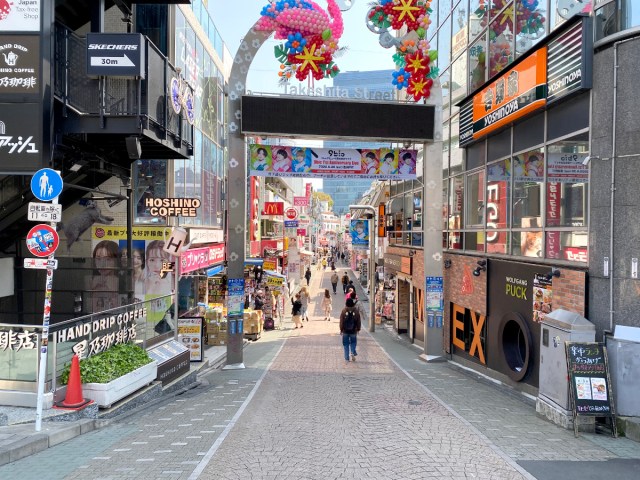
Does this mean young people are heeding the government’s advice to stay at home?
Japan is currently standing at a critical juncture in its fight to contain the growing coronavirus pandemic, with Prime Minister Abe saying the country is “on the brink” of declaring a national emergency as the number of new cases continue to rise each day.
While a growing sense of uncertainty is being felt around the country, nowhere is the threat more great than in the nation’s capital of Tokyo. Just this past week, Tokyo has seen its number of new coronavirus cases double, reaching numbers greater than anywhere else in the country with a frighteningly high 97 new cases recorded in the city on 2 April.
The steep rise in the curve has prompted Tokyo Governor, Yuriko Koike, to urge people to avoid going out at night, stay home as much as possible, and avoid all non-urgent and non-essential travel. While previous requests for restraint on outdoor activities did little to stop people from meeting up for hanami cherry blossom-viewing parties in parks, there’s now an increased sense of urgency to the message. This prompted our reporter P.K. Sanjun to wonder: Are young people now heeding the government’s advice to stay indoors?
If you want to see what the city’s young people are up to, the place to go is Harajuku, so P.K. took a walk to the area, stopping first at the shiny, new, recently opened Harajuku Station.
▼ The station at noon on Friday.
The footpath outside the station is usually packed with all sorts of people every day of the week — ordinarily you’d see international tourists stopping to take photographs, locals waiting to meet friends, and groups gathering at the crossings as they wait for the lights to change. Today, though, there was just a scattering of people around, and they all seemed to be individuals simply going about their business.
Crossing the street to the area’s famous Takeshita Dori, P.K. stopped for a moment to take it all in, as he’d never seen the usually crowded thoroughfare this quiet before.
▼ For a comparison, this is what Takeshita Dori usually looks like.
Normally crowded with people shoulder-to-shoulder, Takeshita Dori was now a shadow of its usual self. With school closures extended through April in Tokyo, P.K. had expected to see quite a few young people browsing the hip, youth-oriented stores and taking advantage of the holiday, but they just weren’t here.
▼ Most people appeared to be walking through the area to get to somewhere else.
As P.K. ventured further down the street, the stark contrast between the open stores and lack of customers made him wonder how much money these businesses stood to lose during the outbreak.
▼ No customers were to be found, even at the area’s most popular stores.
Just around the corner, at the Laforet Harajuku shopping complex, 90 percent of the people inside were store clerks. Given that recent interviews on television with young people at Shibuya Station revealed a number of them weren’t too concerned about the pandemic, P.K. was pleasantly surprised to see that young Harajuku lovers appeared to be putting a hold on their shopping trips to the area.
Despite his initial scepticism towards the attitude of millennials during the outbreak, P.K. left Harajuku feeling a glimmer of hope for the future. If people young and old continue to take the government’s advice to stay indoors seriously, Tokyoites stand a much better chance of flattening the rising curve that’s playing on everyone’s minds right now.
Here’s hoping the public stays vigilant in the long and drawn out fight that lies ahead, so we can get back to life as usual and avoid a possible lockdown in the capital.
Photos © SoraNews24
● Want to hear about SoraNews24’s latest articles as soon as they’re published? Follow us on Facebook and Twitter!
[ Read in Japanese ]

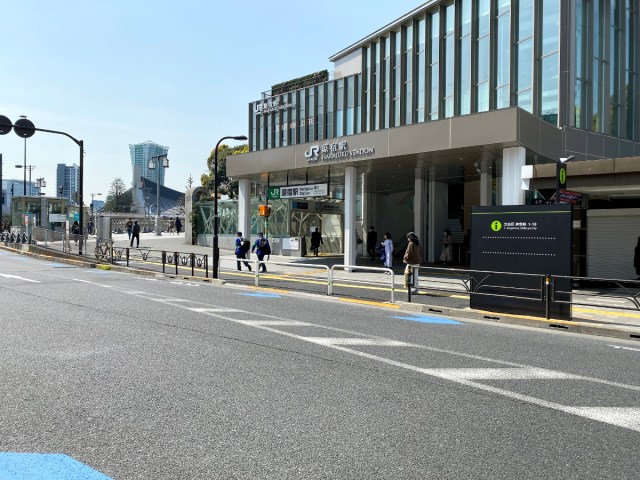
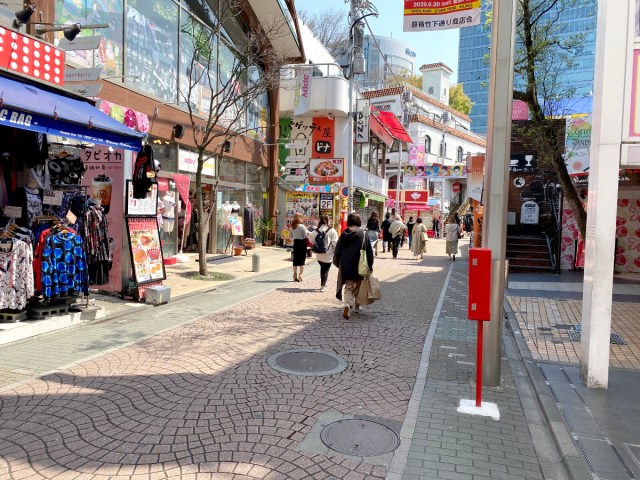
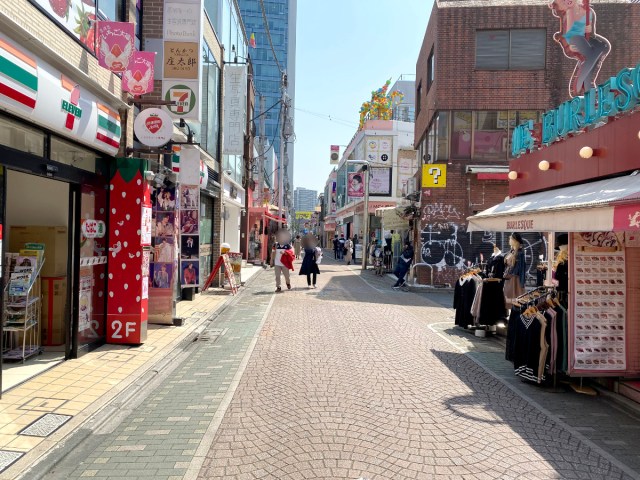
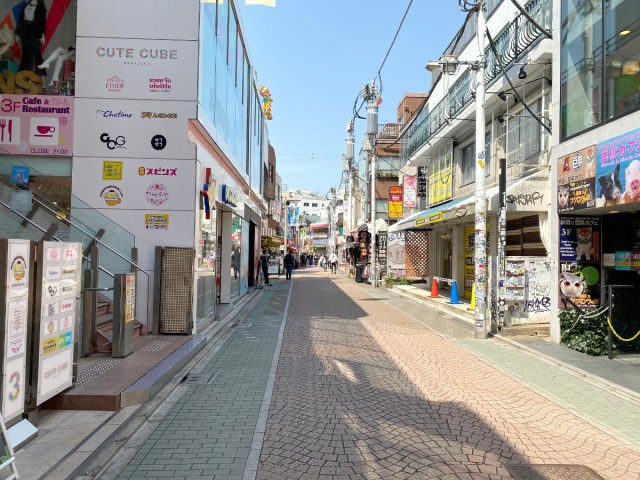
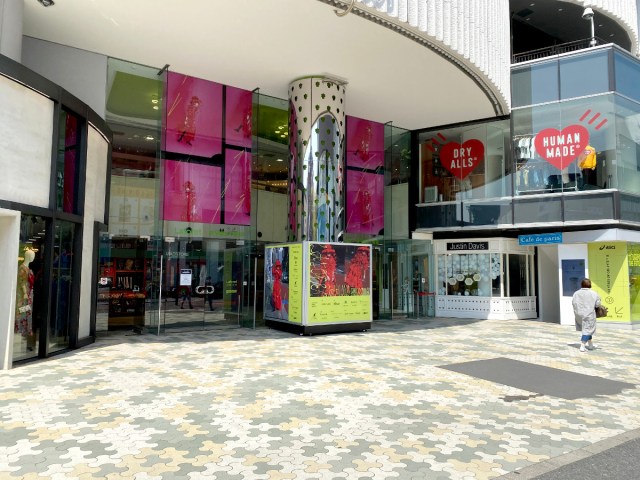
 Harajuku crowded during coronavirus?! TV show slammed for using old footage to incite panic
Harajuku crowded during coronavirus?! TV show slammed for using old footage to incite panic Ueno Park looks eerily deserted in the midst of the coronavirus 【Photos】
Ueno Park looks eerily deserted in the midst of the coronavirus 【Photos】 What state of emergency? People in Tokyo defy requests to stay home during coronavirus outbreak
What state of emergency? People in Tokyo defy requests to stay home during coronavirus outbreak Catch trendy Pokémon at Harajuku’s Takeshita Street for a limited time
Catch trendy Pokémon at Harajuku’s Takeshita Street for a limited time Shibuya rats appear on streets as people stay home during coronavirus outbreak【Pics, Video】
Shibuya rats appear on streets as people stay home during coronavirus outbreak【Pics, Video】 Majority of Japanese mayors say foreign residents are essential but most see good and bad effects
Majority of Japanese mayors say foreign residents are essential but most see good and bad effects Japanese beef bowl chain Sukiya’s 2026 Smile Box lucky bag basically pays for itself
Japanese beef bowl chain Sukiya’s 2026 Smile Box lucky bag basically pays for itself Dedicate your savings to your oshi of choice with this new buildable offertory box
Dedicate your savings to your oshi of choice with this new buildable offertory box Survey asks Japanese teens which school club they want to join, and “kitaku” club is top choice
Survey asks Japanese teens which school club they want to join, and “kitaku” club is top choice Japanese toilet sweets put a new twist on tradition
Japanese toilet sweets put a new twist on tradition New Studio Ghibli collection includes a US$2,450 wooden Totoro 【Video】
New Studio Ghibli collection includes a US$2,450 wooden Totoro 【Video】 Pizza Hut Japan’s hot lucky bags are perfect for a New Year’s pizza party
Pizza Hut Japan’s hot lucky bags are perfect for a New Year’s pizza party Japan’s first hotel with a human washing machine is now ready for you to come and bathe in it
Japan’s first hotel with a human washing machine is now ready for you to come and bathe in it Green tea chocolate-covered potato chips arrive in Japan! 【Taste test】
Green tea chocolate-covered potato chips arrive in Japan! 【Taste test】 Japan now has potato chip-covered chocolate, and it’s amazing!【Taste test】
Japan now has potato chip-covered chocolate, and it’s amazing!【Taste test】 Starbucks Japan ready to get Year of the Horse started with adorable drinkware and plushies【Pics】
Starbucks Japan ready to get Year of the Horse started with adorable drinkware and plushies【Pics】 Hayao Miyazaki says Happy New Year to Studio Ghibli fans with new art for Year of the Horse
Hayao Miyazaki says Happy New Year to Studio Ghibli fans with new art for Year of the Horse We found possibly the quietest Japanese-style hotel in Tokyo’s bustling Shinjuku district
We found possibly the quietest Japanese-style hotel in Tokyo’s bustling Shinjuku district Cup Noodle tries an authentic Jiro-style ramen, but something’s not quite right
Cup Noodle tries an authentic Jiro-style ramen, but something’s not quite right The best Starbucks Japan Frappuccinos we want to drink again in 2026
The best Starbucks Japan Frappuccinos we want to drink again in 2026 We revisited Sweets Paradise after a decade to see if Japan’s dessert buffet still delivers
We revisited Sweets Paradise after a decade to see if Japan’s dessert buffet still delivers That time Seiji called JASRAC to ask why he didn’t get paid royalties for his song being on TV
That time Seiji called JASRAC to ask why he didn’t get paid royalties for his song being on TV Japan’s oldest largetooth sawfish in captivity back on display in Mie Prefecture
Japan’s oldest largetooth sawfish in captivity back on display in Mie Prefecture 7-Eleven Japan starts new temporary luggage storage service in over 300 branches
7-Eleven Japan starts new temporary luggage storage service in over 300 branches Disillusionment at Tsukiji’s tourist-target prices led us to a great ramen restaurant in Tokyo
Disillusionment at Tsukiji’s tourist-target prices led us to a great ramen restaurant in Tokyo Starbucks teams up with 166-year-old Kyoto doll maker for Year of the Horse decorations【Photos】
Starbucks teams up with 166-year-old Kyoto doll maker for Year of the Horse decorations【Photos】 Tokyo considering law requiring more trash cans following litter increase in heavily touristed area
Tokyo considering law requiring more trash cans following litter increase in heavily touristed area Tokyo’s Tsukiji sushi neighborhood asks tour groups to stay away for the rest of the month
Tokyo’s Tsukiji sushi neighborhood asks tour groups to stay away for the rest of the month Tokyo event lets you travel back in time, for free, to celebrate 100 years since Showa era start
Tokyo event lets you travel back in time, for free, to celebrate 100 years since Showa era start Japan may add Japanese language proficiency, lifestyle classes to permanent foreign resident requirements
Japan may add Japanese language proficiency, lifestyle classes to permanent foreign resident requirements Sanrio theme park in Japan announces plans to expand into a Sanrio resort
Sanrio theme park in Japan announces plans to expand into a Sanrio resort Stamina-destroying “Paralysis Noodles” are Tokyo’s newest over-the-top ramen innovation
Stamina-destroying “Paralysis Noodles” are Tokyo’s newest over-the-top ramen innovation Survey asks foreign tourists what bothered them in Japan, more than half gave same answer
Survey asks foreign tourists what bothered them in Japan, more than half gave same answer Japan’s human washing machines will go on sale to general public, demos to be held in Tokyo
Japan’s human washing machines will go on sale to general public, demos to be held in Tokyo Japan’s deadliest food claims more victims, but why do people keep eating it for New Year’s?
Japan’s deadliest food claims more victims, but why do people keep eating it for New Year’s? We deeply regret going into this tunnel on our walk in the mountains of Japan
We deeply regret going into this tunnel on our walk in the mountains of Japan Studio Ghibli releases Kodama forest spirits from Princess Mononoke to light up your home
Studio Ghibli releases Kodama forest spirits from Princess Mononoke to light up your home Major Japanese hotel chain says reservations via overseas booking sites may not be valid
Major Japanese hotel chain says reservations via overseas booking sites may not be valid Put sesame oil in your coffee? Japanese maker says it’s the best way to start your day【Taste test】
Put sesame oil in your coffee? Japanese maker says it’s the best way to start your day【Taste test】 No more using real katana for tourism activities, Japan’s National Police Agency says
No more using real katana for tourism activities, Japan’s National Police Agency says Starbucks Japan reveals new sakura drinkware collection, inspired by evening cherry blossoms
Starbucks Japan reveals new sakura drinkware collection, inspired by evening cherry blossoms Updated cherry blossom forecast shows extra-long sakura season for Japan this year
Updated cherry blossom forecast shows extra-long sakura season for Japan this year Tokyo tourist sites look eerily quiet without tourists 【Videos】
Tokyo tourist sites look eerily quiet without tourists 【Videos】 Tokyo rickshaw puller tells us why he isn’t staying home from work during coronavirus outbreak
Tokyo rickshaw puller tells us why he isn’t staying home from work during coronavirus outbreak Nine injured in Tokyo after man drives car into pedestrians on Takeshita Street in Harajuku
Nine injured in Tokyo after man drives car into pedestrians on Takeshita Street in Harajuku Police with batons patrol Kabukicho, tell people to go home during coronavirus crisis【Video】
Police with batons patrol Kabukicho, tell people to go home during coronavirus crisis【Video】 Tokyo Governor holds press conference on coronavirus, sparks immediate panic-buying
Tokyo Governor holds press conference on coronavirus, sparks immediate panic-buying Tokyo’s Kabukicho turns into a deserted ghost town during coronavirus outbreak【Photos】
Tokyo’s Kabukicho turns into a deserted ghost town during coronavirus outbreak【Photos】 Empty Akihabara – Tokyo’s otaku district hit hard by coronavirus outbreak【Photos】
Empty Akihabara – Tokyo’s otaku district hit hard by coronavirus outbreak【Photos】 What pandemic? People in Japan crowd Ikea store, ignore requests to stay home during Golden Week
What pandemic? People in Japan crowd Ikea store, ignore requests to stay home during Golden Week Kawaii Monster Land getting set to become Harajuku’s newest whimsical underground wonderland
Kawaii Monster Land getting set to become Harajuku’s newest whimsical underground wonderland What social distancing looks like in Japan
What social distancing looks like in Japan Japanese high school student turns heads with bold fashion choice at Harajuku
Japanese high school student turns heads with bold fashion choice at Harajuku Japanese dessert lovers go crazy for crème brûlée crêpes at new Harajuku crêperie
Japanese dessert lovers go crazy for crème brûlée crêpes at new Harajuku crêperie This is what a Tokyo crepe with every dessert topping they’d let us order looks like 【Photos】
This is what a Tokyo crepe with every dessert topping they’d let us order looks like 【Photos】 Japanese wife creates izakaya pub at home during coronavirus outbreak
Japanese wife creates izakaya pub at home during coronavirus outbreak Is it time for manga and anime to start introducing the coronavirus outbreak to their settings?
Is it time for manga and anime to start introducing the coronavirus outbreak to their settings?
Leave a Reply